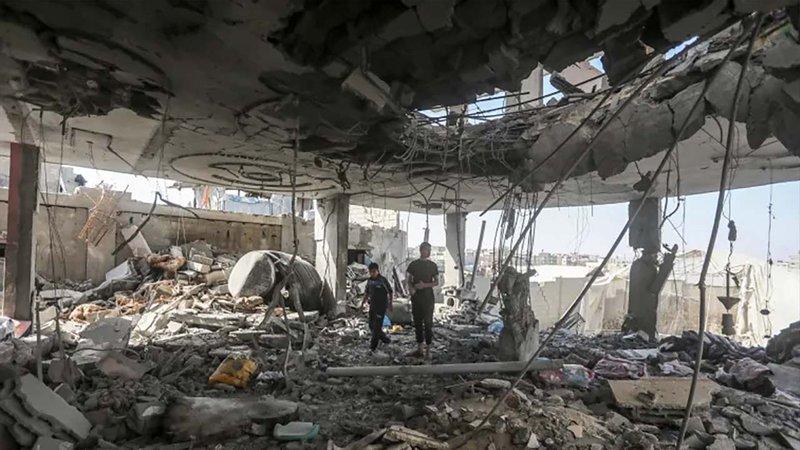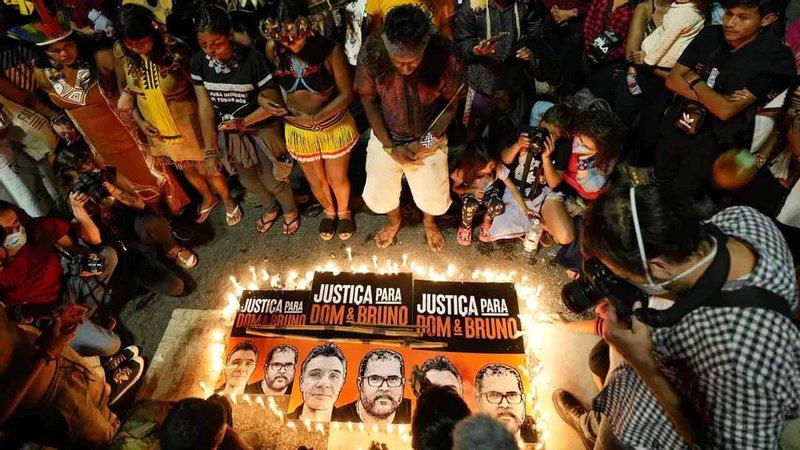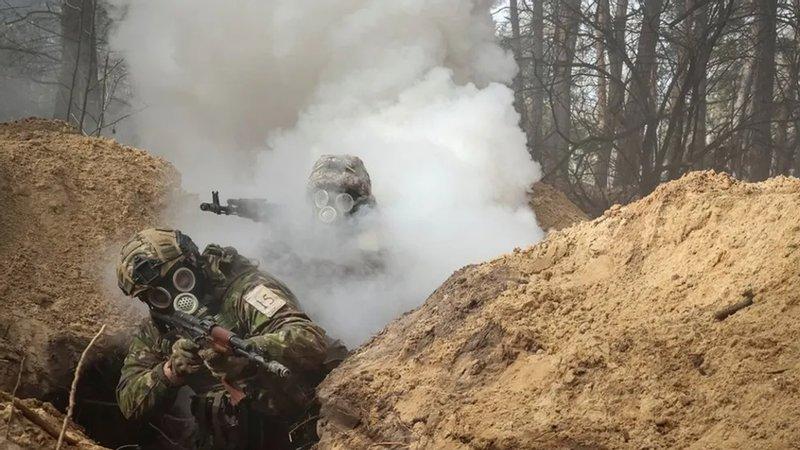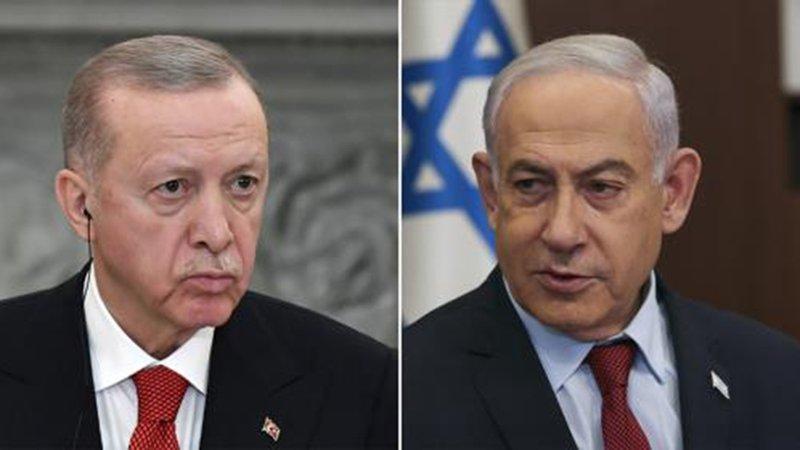The Dreadful Daily Drama of Religious Persecution in China
Photo: Collected
On his way back from BRICS, the summit of the world emerging economies, where the People’s Republic of China (PRC) succeeded in more than doubling the number of countries involved in it, President Xi Jinping found time on August 26, 2023, to stop in Urumqi, the capital of Xinjiang, which its non-Han inhabitants call East Turkestan. There he invoked a harsher repression of Uyghurs and other Muslim Turkic people, implying that what local authorities have been doing so far is not enough. This is all the more outrageous, given the fact that the measures he labelled as insufficient amount to a genocide, now largely documented as well as officially recognized by governments and Parliaments throughout the world. Xi summarized his relentless offensive in the expression “Sinicization.” It is impossible to underestimate the weight of this concept, whose message is sometimes also conveyed by using another word, “modernization,” by which the Chinese regime means lifting groups and peoples up from the supposed “backwardness” that allegedly their traditional customs and religious beliefs keep them in.
Under the specious and mellifluous idea of harmonizing people and ethnicities to craft a much more robust and shared national conscience, “Sinicization” is in reality the ideological attempt to homologate all to the official doctrine of the state. Being that Chinese state doctrine is Marxism-Leninism (which, I want to recall here, killed at least 100 million people in the world, most of whom exactly in China), “Sinicization” is nothing else than the “Communistization” of everything, or the classic, unchangeable totalitarian aim of all “real socialist” governments. In this perspective, pluralism is only a facade useful to deceive the rest of the world and mislead it through propaganda. Faked pluralism, a department in the tireless CCP fake news industry, which is applied even to ancient history, is in itself a major feature of “Sinicization.” In fact, while the CCP claims that pluralism does exist in the country, the only plurality of options that the CCP allows is what is approved and certified by the CCP itself. This is particularly true for religions, creeds, and beliefs and for spiritual schools, ways, movements, and groups.
In Article 36, the PRC’s 1982 Constitution Proclaims: “Citizens of the People’s Republic of China shall enjoy freedom of religious belief. No state organ, social organization or individual shall coerce citizens to believe in or not to believe in any religion, nor shall they discriminate against citizens who believe in or do not believe in any religion. The state shall protect normal religious activities. No one shall use religion to engage in activities that disrupt public order, impair the health of citizens or interfere with the state’s education system. Religious groups and religious affairs shall not be subject to control by foreign forces.”
The language here is unequivocal. In the PRC, it is said, there is religious liberty, and no one can curtail or deny it. But the key point here is what “religion” means for the CCP. Enter the concept of “Sinicization.” For the CCP, only “Sinicized” religion is really religion. In simpler words, religion is what the CCP says religion is. As all totalitarian regimes do, the PRC led by the CCP wants to give its own controlling definition to everything. For totalitarianisms, nothing has its own nature or reality independently from the ideological will of the state, especially what has to do with the One Party’s real rival, i.e., God, by whatever name religions and beliefs call the Supreme Being. In totalitarian Communism, the Communist state is in fact the jealous secular supreme being, which takes no prisoner and bows to no other deity.
So, religion is only a function of the Communist state: its vassal, servant, lackey, slave, tool, and even weapon. Article 36 of the PRC’s Constitution says it openly. The Chinese state protects “normal” religious activities. It means that it is up only to the state to unquestionably decide what is normal and what is not normal in religious doctrines and affairs, repressing religious leaders, authorities and experts who disagree. All who engage in activities that generate unrest and turmoil under what the state judges to be only a mask of religion are subject to repression. This makes sense. However, only the totalitarian Chinese state decides what is disruptive and what is not. For the CCP simple prayers may be and often are judged as socially disruptive—or fasting on holy days, growing a beard in a certain fashion, wearing a specific garment, keeping religious literature at home, owning a Bible, going on a pilgrimage, educating children spiritually. And then, the cherry on top, religions are free only if they have no foreign connections, otherwise they are accused of betraying the country.
Article 36, which theoretically affirms freedom of religion or belief, is the same constitutional provision that denies religious liberty by totally emptying the concept of any meaning and significance. Chinese citizens are only free to obey the state in all matters, religion included.
In short, Article 36 demonstrates how the now classical analysis and terminology introduced in 2006 by Chinese sociologist Fenggang Yang is still the best description of the religious scenario in the PRC. We at “Bitter Winter” have adopted his model since our beginning because it proves effective in explaining facts. Yang divided the religious market in China by using three colors: red, gray, and black. The red market is the room that the CCP grants to religions, belief and groups that have been or can be infiltrated and controlled, a practice that the regime massively begun in 1957. It is basically the field of sufficiently “Sinicized” or domesticated religions. It includes the effort to control large portions of Catholics, Protestants, Muslims, Buddhists, and Taoists through five so-called “patriotic” associations, which totally obey the state.
The gray market is the middle-of-the-road field, where the repressive machine of the CCP pursues the same goals implied for the red market, but, for a number or reasons, needs to progress step by step and even to accept some temporary compromise. It is the room where, as powerful as it is, the CCP has not yet reached a status of total control. This group include Catholic conscientious objectors outside the Patriotic Catholic Church, local groups connected to Protestant so-called house churches, and independent Muslim, Taoist, and Buddhist communities. Although the gray market survived for decades, Xi Jinping has repeatedly announced that the whole field of independent religion should now be absorbed into the red market or share the fate of the black market.
The latter, the black market, is the field of the “xie jiao.” Often incorrectly translated as “evil cults,” this expression (which has been in use since the Middle Ages) means “heterodox teachings,” and has no accepted scholarly definition (similarly to the Western term “cult”). As a matter of fact, it only tautologically indicates the religious movements that are included in the government-compiled list of the “xie jiao,” which includes the groups the government regards as hostile, dangerous, and not “really” religious. Being active in a “xie jiao” can cost severe jail penalties under Article 300 of the Chinese Criminal Code, which has been repeatedly amended by increasing the penalties, which now can go up to life imprisonment. This is the spectacular case of groups like Falun Gong, hunted and haunted through the horrible practice of organ harvesting, The Church of Almighty God, the Association of Disciples, the Shouters, and several groups imported into China from South Korea and other countries. Scholars, like Edward Irons explain that anyway Chinese courts of law also apply Article 300 by analogy to groups that are not included in the list of “xie jiao.” The Jehovah’s Witnesses, for example, are not in the list, but Article 300 is applied against them as well.
This is the landscape of religious persecution in todays’ China. This dreadful situation is a drama that continues daily, as the cultural genocide against Uyghurs, Tibetans, and Mongols, paralleled by the repression in Hong Kong, continues daily as well. While religious liberty is the first human right, as well as the first political right, for the CCP religion remains public enemy No.1. Now, the CCP seeks no compromise on that. Thus, no compromise should be sought with such trespassers of the first human right, religious liberty.















